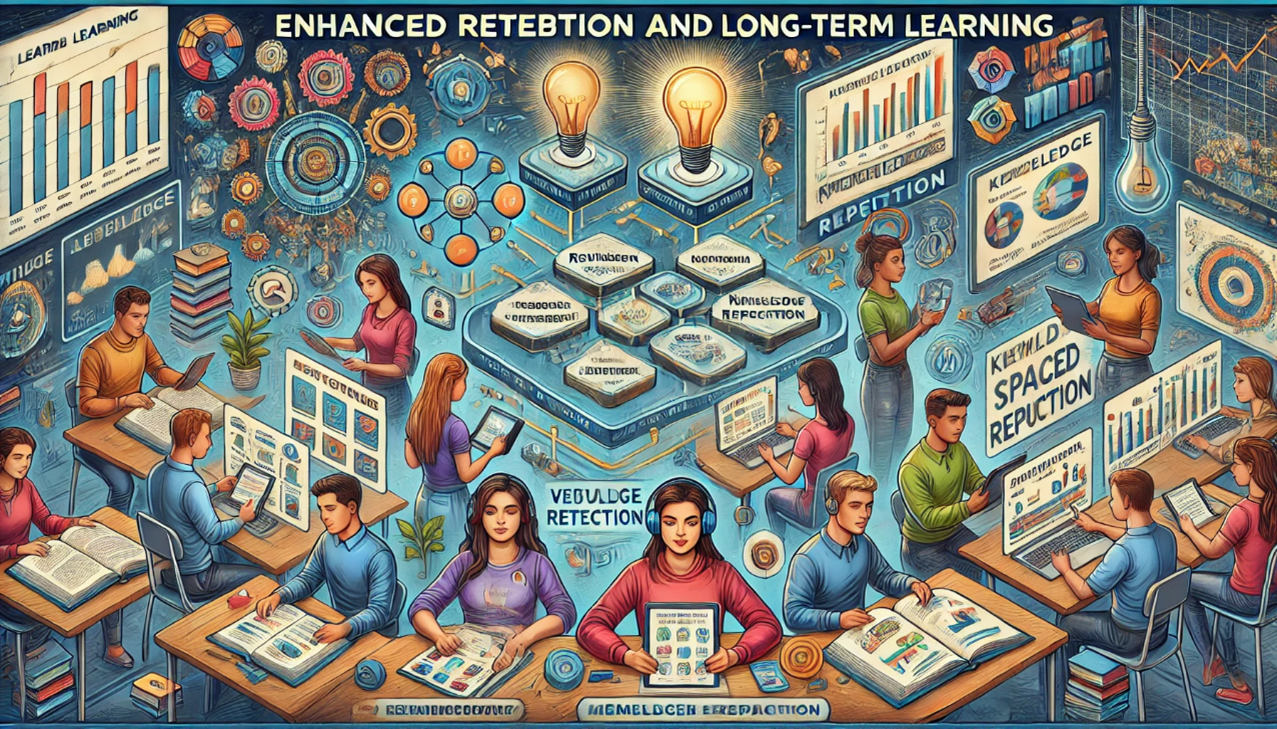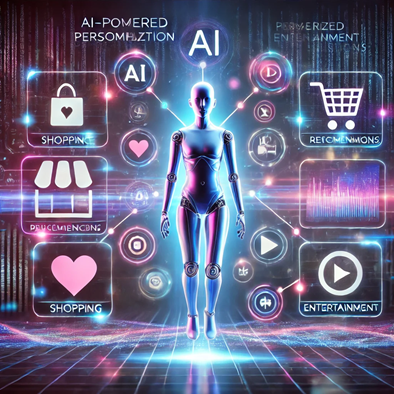What innovative solutions are emerging to tackle plastic pollution?

What innovative solutions are emerging to tackle plastic pollution?
by Maximilian 11:51am Jan 08, 2025
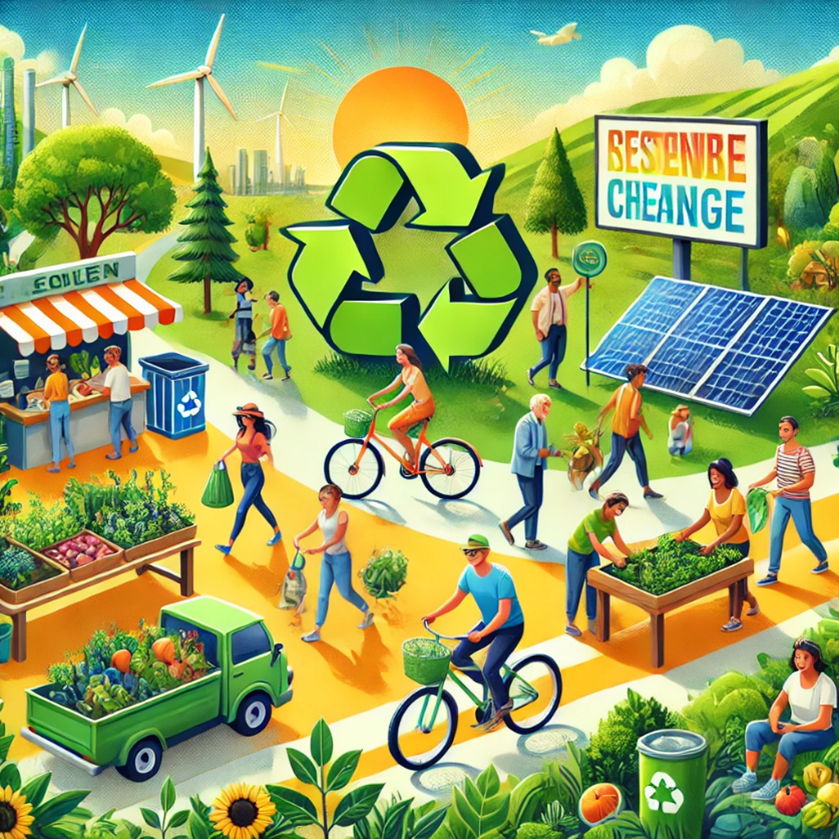
Tackling plastic pollution is a critical environmental challenge, and innovative solutions are emerging across various sectors to reduce plastic waste, promote recycling, and minimize the environmental impact of plastics. These solutions involve new technologies, alternative materials, waste management strategies, and policies. Here are some of the most promising and innovative solutions to address plastic pollution:
1. Biodegradable and Compostable Plastics:
Plant-Based Plastics (Bioplastics): Researchers are developing bioplastics made from renewable resources such as cornstarch, sugarcane, and algae. These plastics can decompose more quickly than traditional petroleum-based plastics, reducing long-term environmental impact. Examples include PLA (polylactic acid) and PHA (polyhydroxyalkanoates), which are produced by bacteria or plants and are compostable.
Algae-Based Plastics: Algae is being explored as a sustainable material for plastic alternatives. Algae-based plastics can biodegrade more easily in marine environments, offering a potential solution to plastic pollution in oceans. Companies like Algaeing are developing algae-derived materials for packaging, straws, and more.
Fungi-Based Plastics: Some startups are exploring the use of mycelium (the root structure of fungi) to create biodegradable plastic alternatives. These materials break down naturally and have the potential to replace single-use plastics in packaging, food containers, and more.
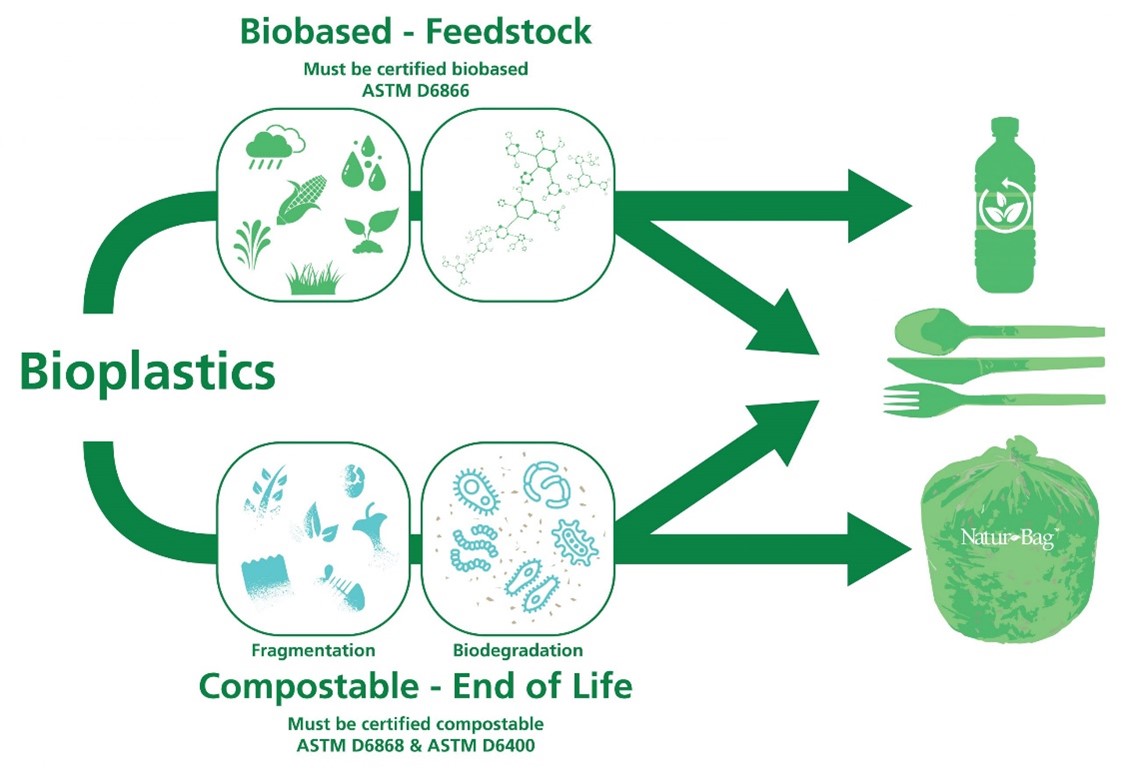
2. Plastic-Eating Microorganisms:
Bacteria and Enzymes: Scientists have discovered microorganisms, including certain species of bacteria and fungi, that can break down plastics like PET (polyethylene terephthalate) and polyurethane. Researchers are working to enhance these microorganisms' plastic-eating capabilities to develop more efficient, scalable bioremediation processes. For example, Ideonella sakaiensis is a bacterium that can degrade PET plastics.
Enzyme Innovation: Enzymes that can break down plastics more efficiently are being developed to accelerate the degradation of plastic waste. Companies like Carbios are working on engineered enzymes that can recycle PET plastic into its original components, making it easier to reuse plastic bottles and packaging.
3. Chemical Recycling and Upcycling:
Advanced Recycling Technologies: Traditional recycling methods often fail to process plastics that are contaminated or have multiple layers. Chemical recycling technologies are emerging as a solution. These methods break down plastics into their chemical components, allowing them to be repurposed into new products or even new plastics. Technologies like pyrolysis, depolymerization, and solvolysis are being refined to enable the recycling of more types of plastic waste.
Plastic-to-Fuel Conversion: Some companies are developing methods to convert plastic waste into valuable fuels like diesel and gasoline. This technology uses processes such as pyrolysis to break down plastics into liquid fuels, offering a way to repurpose plastic waste that cannot be easily recycled.
Upcycling Plastics: Instead of recycling plastics into lower-value products, upcycling involves transforming plastic waste into higher-value products. For example, plastic waste can be turned into durable construction materials, fashion items, or even artworks. Upcycling can help create economic value from plastic waste while reducing its environmental impact.
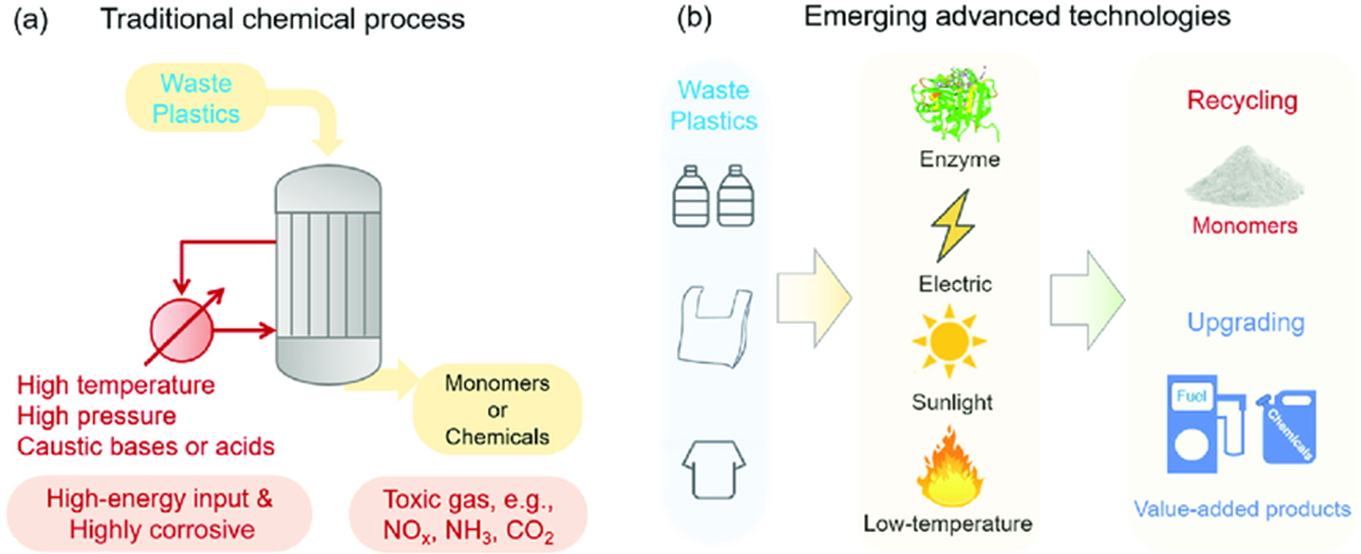
4. Plastic Waste Collection and Cleanup Innovations:
Ocean Cleanup Projects: Organizations like The Ocean Cleanup are developing large-scale systems to remove plastic waste from the ocean. Their technology involves using passive systems (such as floating barriers) that collect plastic debris from the ocean’s surface. These systems aim to reduce the amount of plastic entering the marine environment and clean up existing pollution.
Robotic Waste Collectors: Companies are exploring robotic systems that can autonomously collect plastic waste from beaches, rivers, and oceans. Drones and robots are being used to remove plastic from hard-to-reach places, such as riverbeds or offshore areas.
Waste-Eating Robots: Startups are also working on creating robots that can digest or break down plastic waste. For example, Plastic-Eating Robots use innovative designs to identify and collect plastic from waste streams, helping with the manual collection process.
5. Circular Economy and Waste Management Innovations:
Deposit Return Systems (DRS): Some countries and regions are implementing deposit return systems, where consumers pay a deposit on plastic bottles and containers, which is refunded when the item is returned for recycling. This incentivizes recycling and reduces littering, as seen in countries like Germany and Sweden.
Plastic Credit Systems: Similar to carbon credits, plastic credits allow companies to offset their plastic usage by investing in plastic waste collection, recycling, and reduction projects. This approach incentivizes businesses to take responsibility for their plastic footprint and contribute to plastic waste management.
Zero-Waste Packaging: Companies are shifting toward zero-waste packaging, where the packaging is reusable, recyclable, or compostable. Innovations in packaging design, such as refillable containers and bulk buying systems, are helping to reduce the need for single-use plastics.
Smart Waste Management: Digital solutions, including smart bins equipped with sensors and AI, are being used to improve waste sorting and collection. These technologies help separate recyclables from non-recyclables more efficiently, reducing contamination and improving recycling rates.
6. Alternative Materials and Sustainable Packaging:
Edible Packaging: Companies are exploring the use of edible materials to replace single-use plastic packaging, particularly for food products. For example, packaging made from seaweed, rice, or starch can be consumed along with the product, eliminating waste.
Paper and Plant-Based Alternatives: Plant-based materials such as hemp, bamboo, and banana leaves are being used to create alternatives to plastic packaging. These materials are biodegradable, compostable, and often require fewer resources to produce compared to plastics.
Mushroom-Based Packaging: Mycelium, the root system of mushrooms, is being used to create sustainable packaging. This material is biodegradable, strong, and can be grown to fit specific shapes, offering an eco-friendly alternative to plastic packaging.
7. Public Awareness and Behavioral Change:
Plastic-Free Initiatives: Governments, organizations, and companies are increasingly launching plastic-free initiatives and campaigns to reduce plastic consumption. For example, bans on single-use plastics, such as plastic straws, bags, and cutlery, are becoming more common worldwide.
Educational Campaigns: Raising awareness about the environmental impact of plastic pollution and encouraging responsible consumer behavior (e.g., reducing plastic usage, reusing products, and recycling properly) is crucial for driving change at the individual and community level.
Corporate Responsibility and Innovation: Many companies are taking steps to reduce plastic waste by adopting more sustainable business practices, such as using recycled materials, reducing plastic packaging, and committing to net-zero plastic waste goals. The rise of "plastic-neutral" and "plastic-positive" companies is encouraging others to follow suit.

Conclusion:
The innovative solutions emerging to tackle plastic pollution encompass a wide range of strategies, from developing alternative materials and advanced recycling technologies to improving waste management systems and promoting behavioral change. While there is no single solution to the plastic crisis, these innovations, combined with policy support and public awareness, have the potential to significantly reduce plastic waste, mitigate its environmental impact, and move toward a more sustainable, circular economy. The ongoing collaboration between researchers, businesses, governments, and consumers will be crucial in addressing the global plastic pollution challenge.





